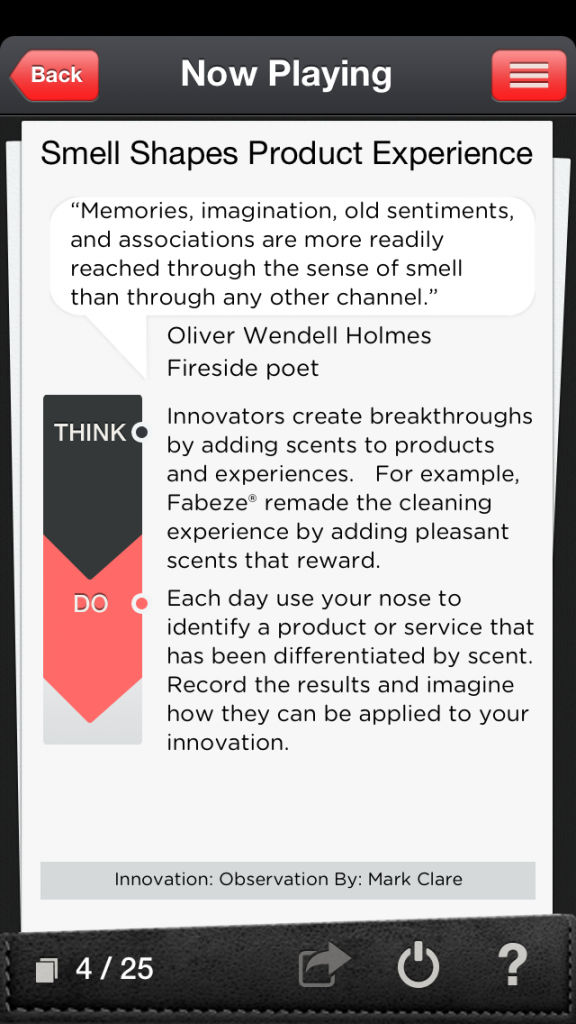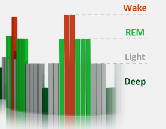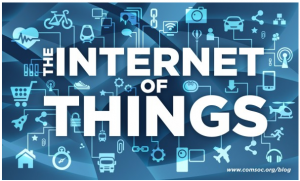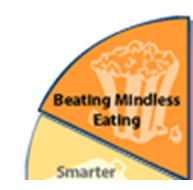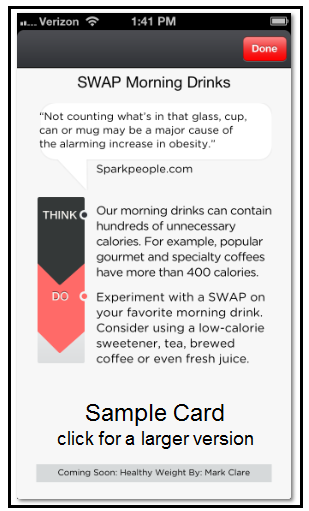Are You a Skilled Observer?
Tuesday, May 28th, 2013 How often do you really pay attention to what you see, touch, smell, taste and hear? And when you do pay attention how do you do it? Do you use specific tools and techniques? If you want to be an effective designer or innovator you need to be an active observer. Indeed, good observation skills are important for all professions and everyday life.
How often do you really pay attention to what you see, touch, smell, taste and hear? And when you do pay attention how do you do it? Do you use specific tools and techniques? If you want to be an effective designer or innovator you need to be an active observer. Indeed, good observation skills are important for all professions and everyday life.
One way to get better at making observations is to practice using a proven technique for a few minutes everyday. I have assemble 25 proven techniques in a deck of knowledge cards. Each card briefly introduces the technique and then suggests a specific way to practice it. An example is given below.
A simple practice that teaches you to engage and integrate odors into a perceptual stream that is normally dominated by sight and sound.
 You can access all 25 knowledge cards for building observation skills in NewHabits, a free iPhone and iPad application. Give the deck a try and let me know how they work for you. Especially interested in your ideas for new knowledge cards for observation skills and other topics.
You can access all 25 knowledge cards for building observation skills in NewHabits, a free iPhone and iPad application. Give the deck a try and let me know how they work for you. Especially interested in your ideas for new knowledge cards for observation skills and other topics.
